- eli@tyeshouse.org
- 330 Changebridge RD Suite 101 Pine Brook, NJ 07058
Transform your unused lawn into a productive food garden with professional guidance and ongoing support from Local Food Heroes.
Your Reality Check: “You know how to hire a landscaper for your lawn, but who do you call to grow food? Your grandparents knew how to grow their own food. That knowledge has been lost – until now.”
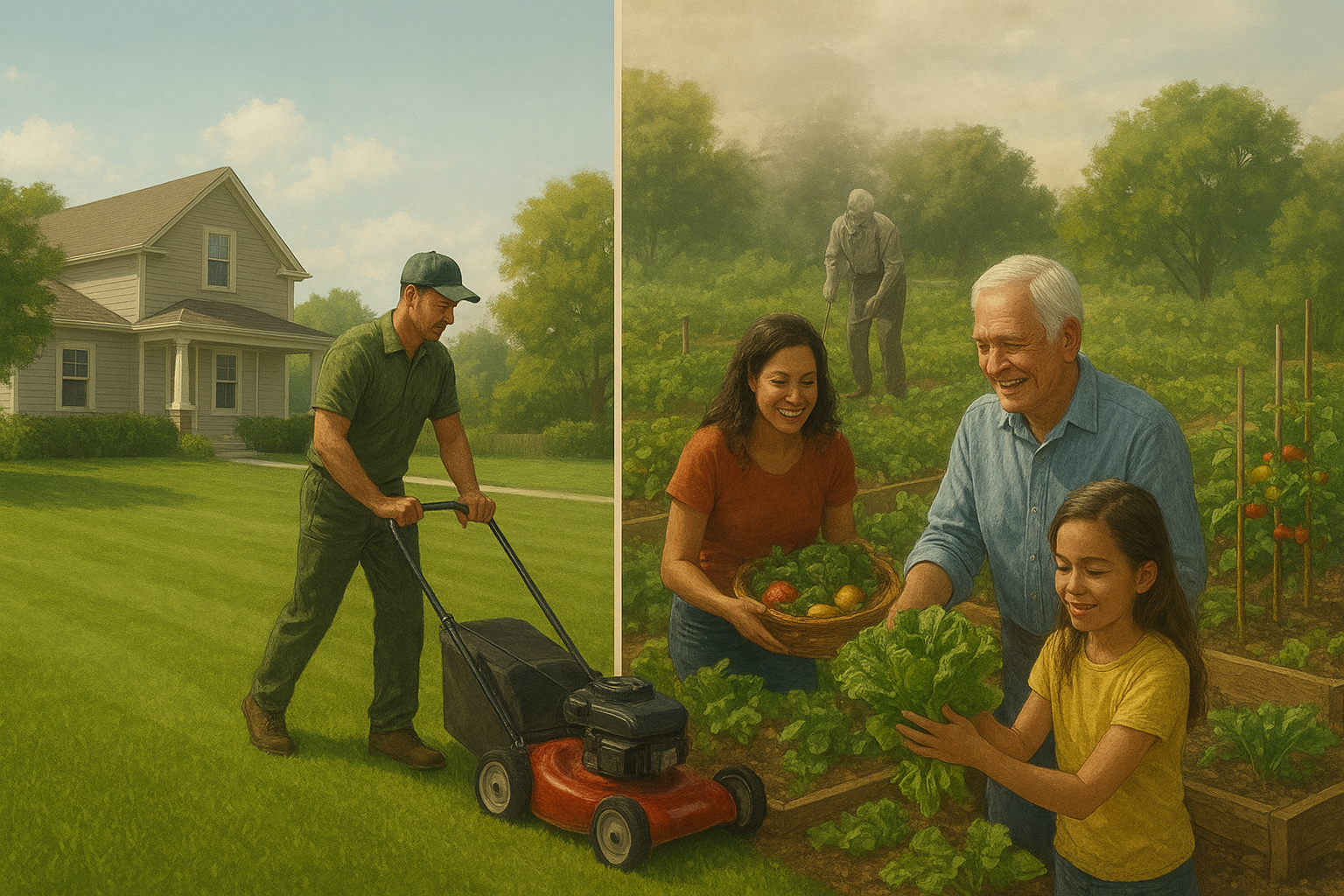
We bring three things directly to your home through our Mobile Tool Library:

USDA grant-trained agricultural professionals

Professional mobile service brings everything needed (no equipment purchase required)

You’re never alone in your food growing journey
The Innovation: Just like you hire a landscaper who brings their equipment, our Mobile Tool Library brings agricultural expertise AND professional tools directly to your property. This fills the gap that’s kept families from growing their own food – you don’t need to buy expensive equipment or figure it out alone.

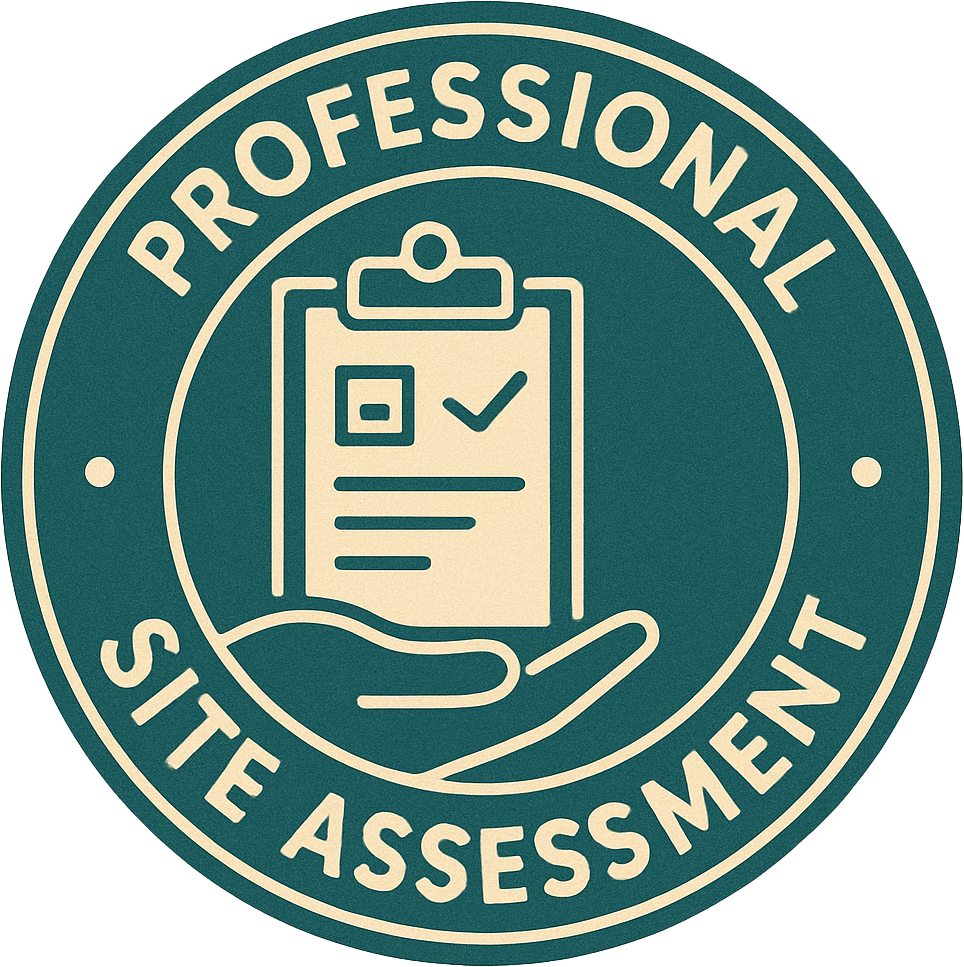

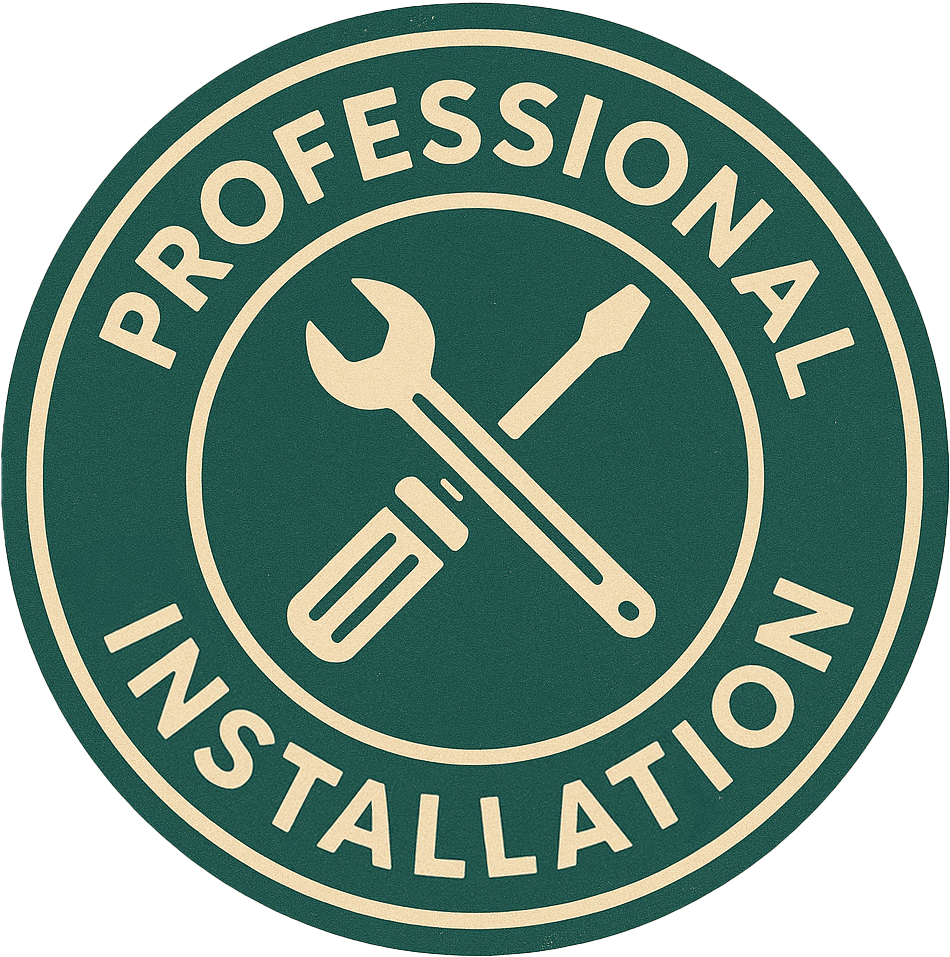

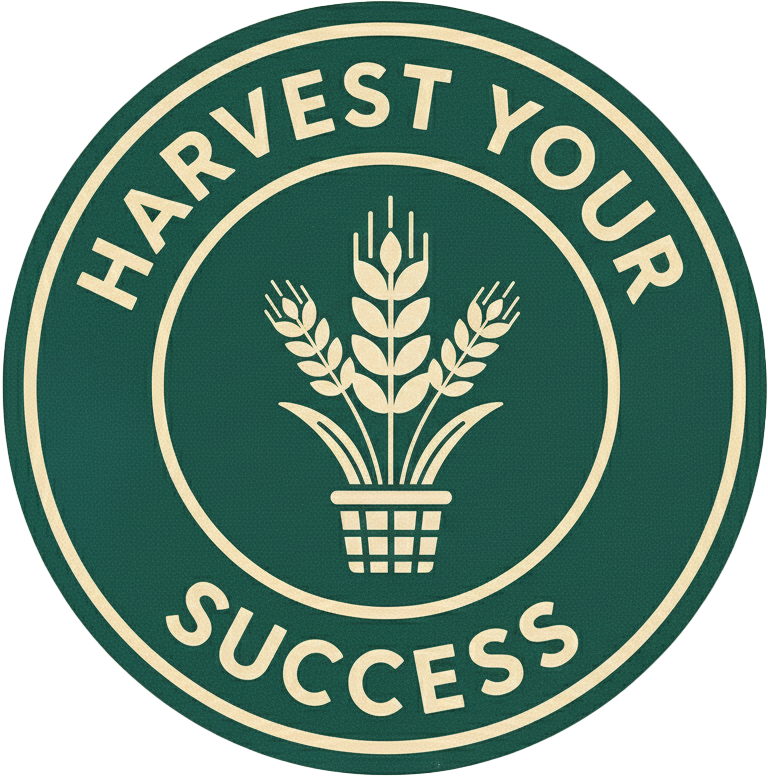
What You Get:
Best For: Engaged learners who want to do the work themselves but need expert guidance
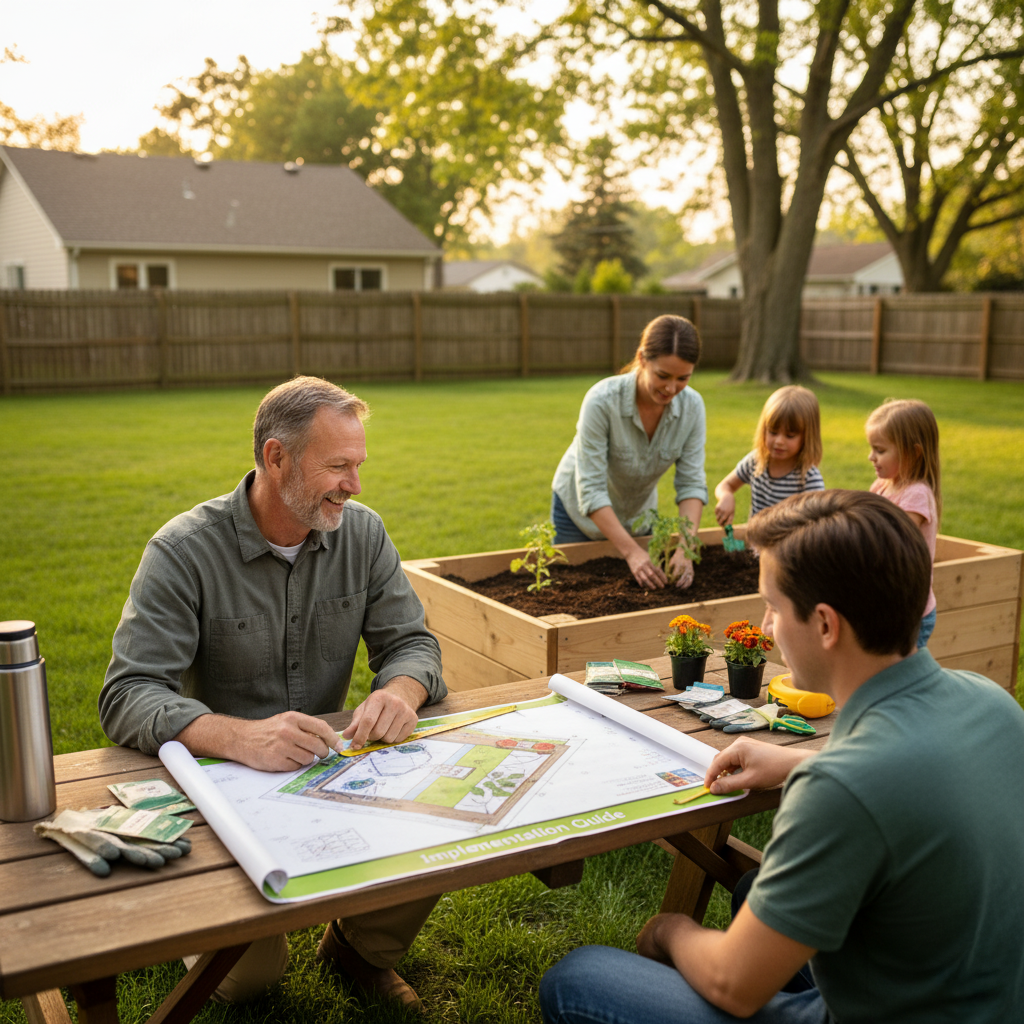

What You Get:
Best For: People who want both skills and results, willing to work alongside professionals
The Brilliance: You provide the labor (learning by doing) while we provide expertise and equipment access. Like having an apprentice who’s the customer.
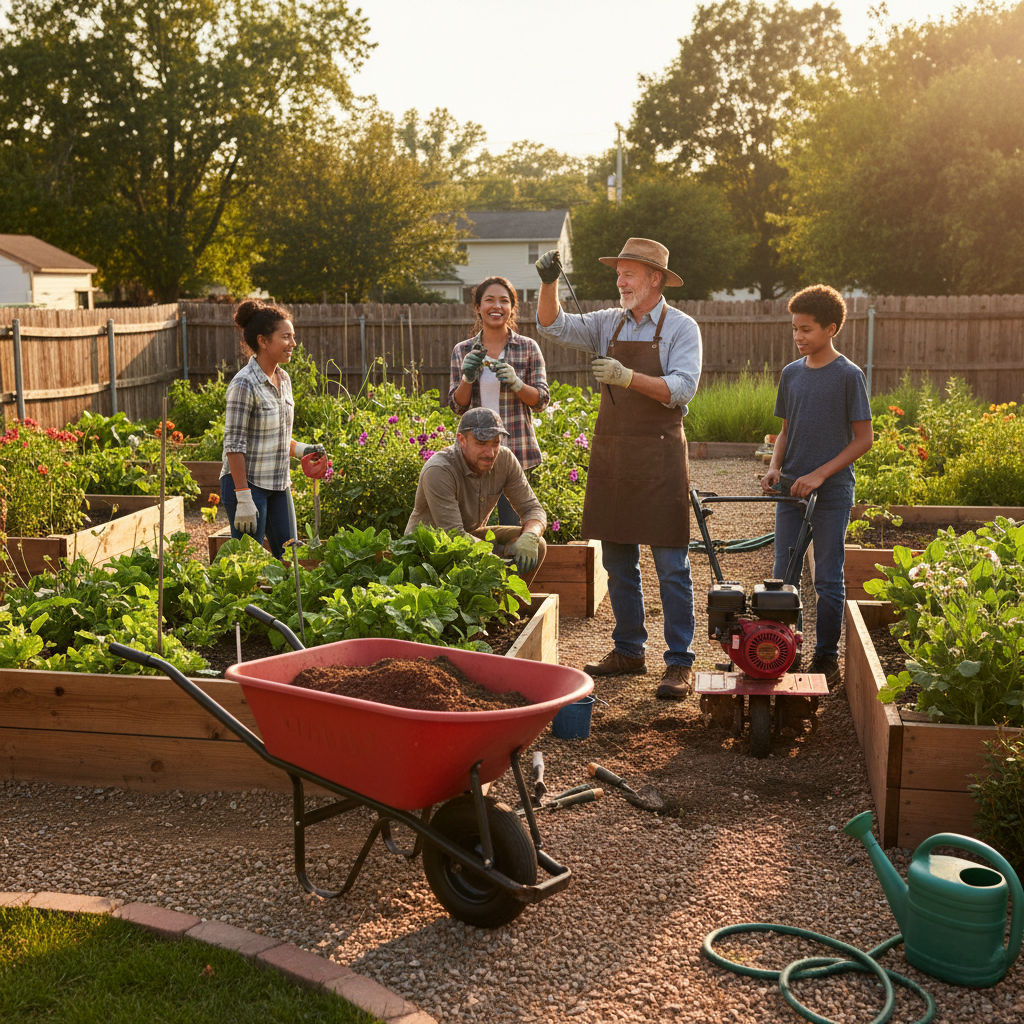

What You Get:
Best For: Busy families wanting professional results without time investment
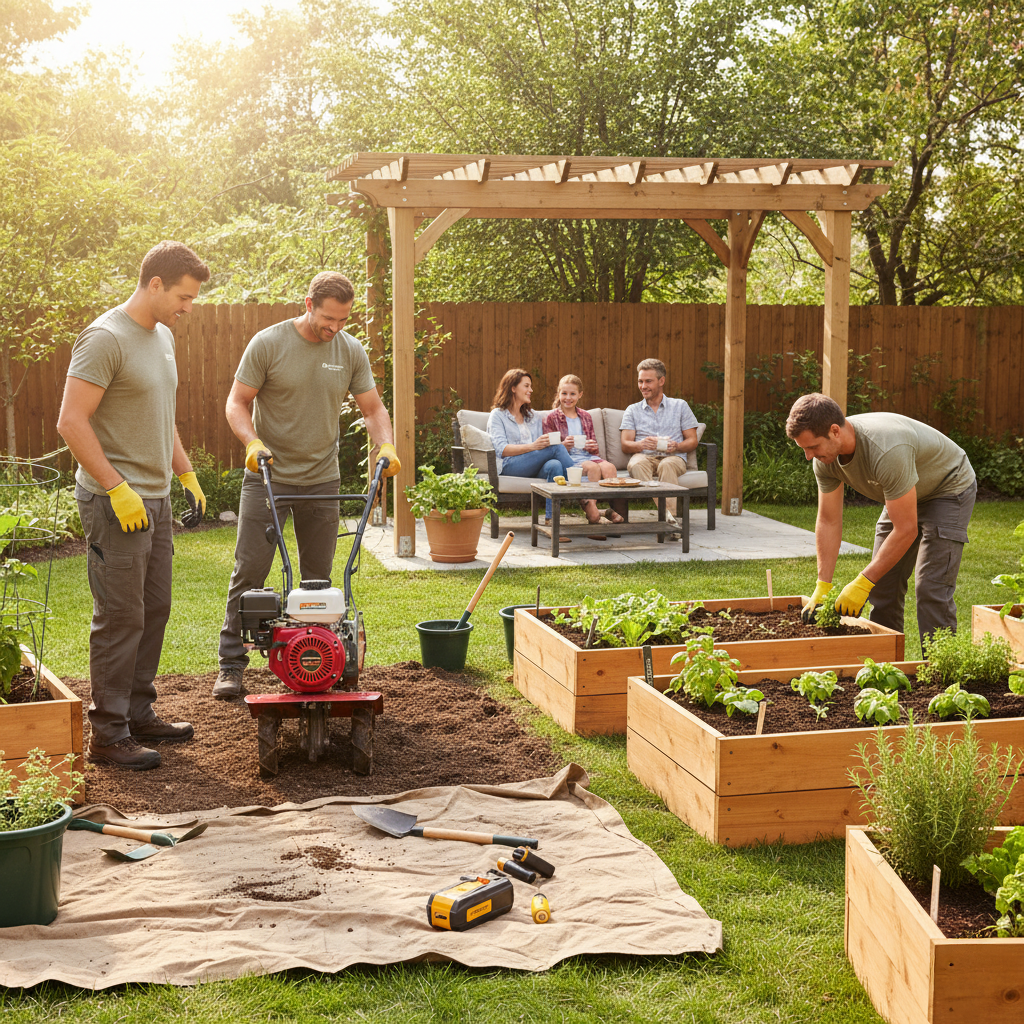

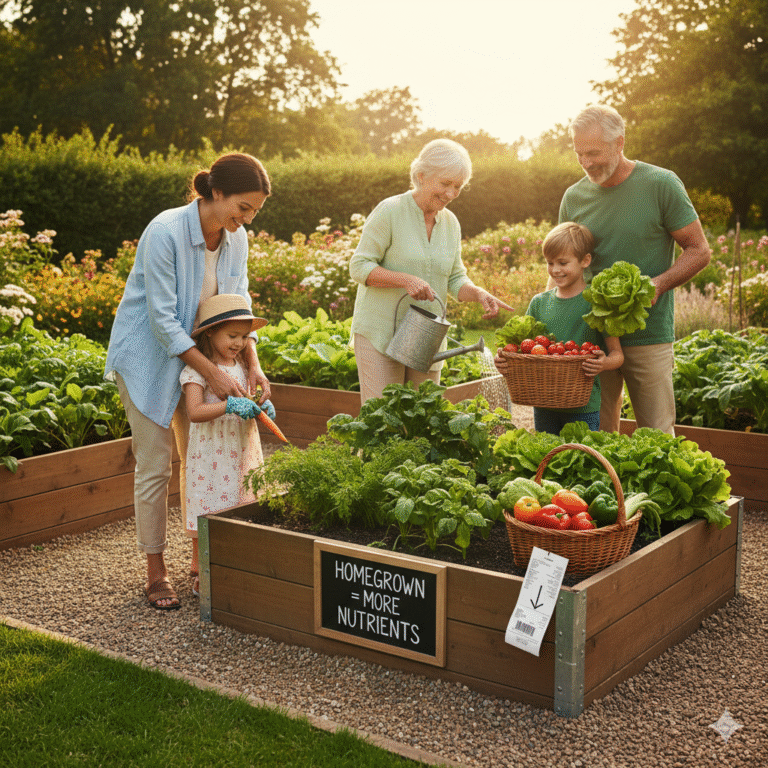

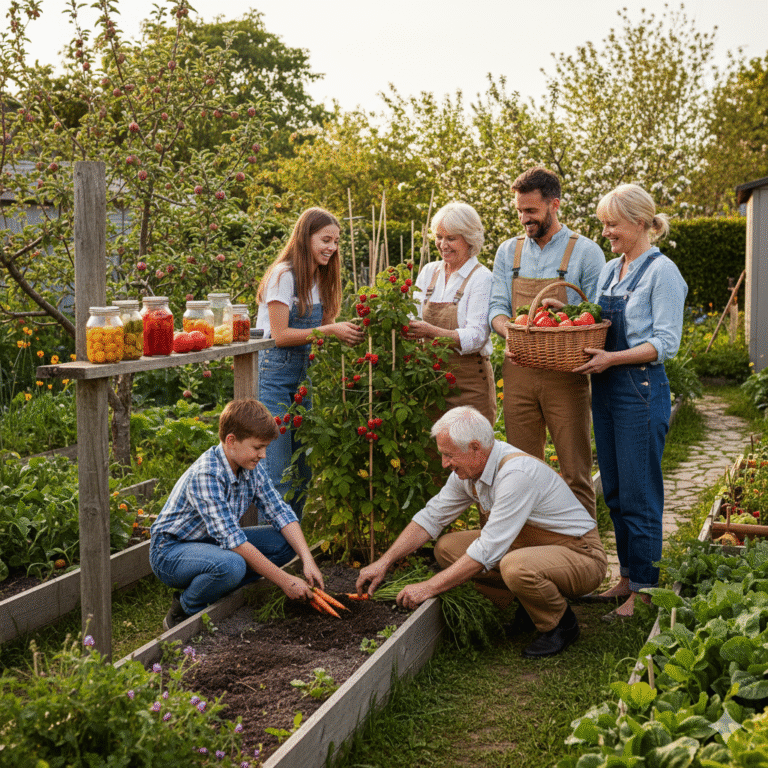

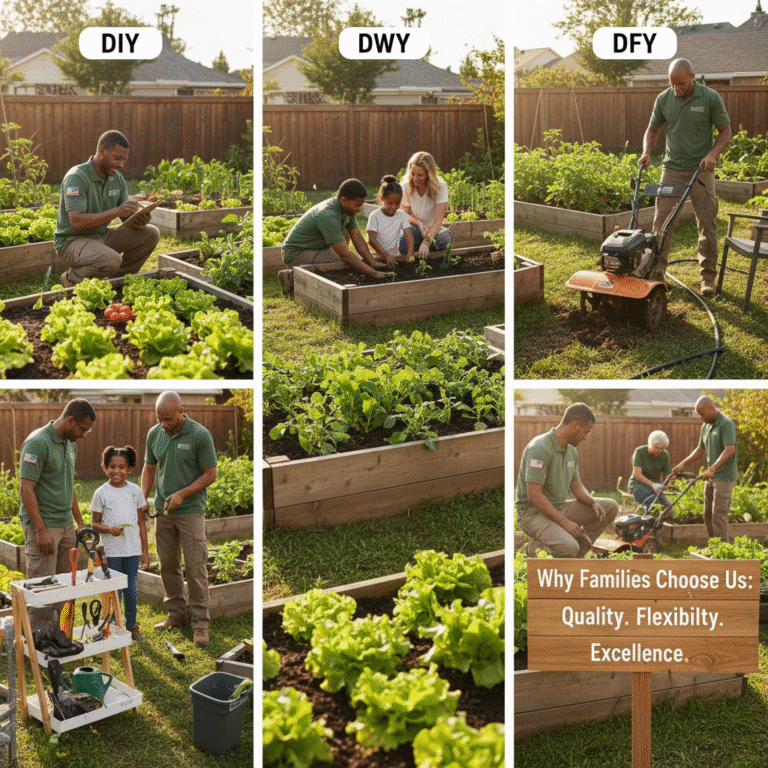

Service Area: Glen Gardner to Flemington and surrounding communities
Our Training Locations:
Backed by $250,000 USDA Northeast SARE Farming Community Grant ensuring highest training standards.
Fully trained professionals, not volunteers or hobbyists.
Professional equipment brought directly to you – no purchase necessary. This is the innovation that makes food independence accessible.
Every garden planted strengthens local food systems and supports veteran employment.
Veterans progress through workshops
→ volunteer experience
→ paid apprenticeship
→ professional certification
→ independent business.
Start with a FREE Virtual Consultation
During your 30-minute call, we’ll discuss:
This material is based upon work supported by the National Institute of Food and Agriculture, U.S. Department of Agriculture, through the Northeast Sustainable Agriculture Research and Education program under subaward number CNE25-001.
Any opinions, findings, conclusions, or recommendations expressed in this publication are those of the author(s) and do not necessarily reflect the view of the U.S. Department of Agriculture.